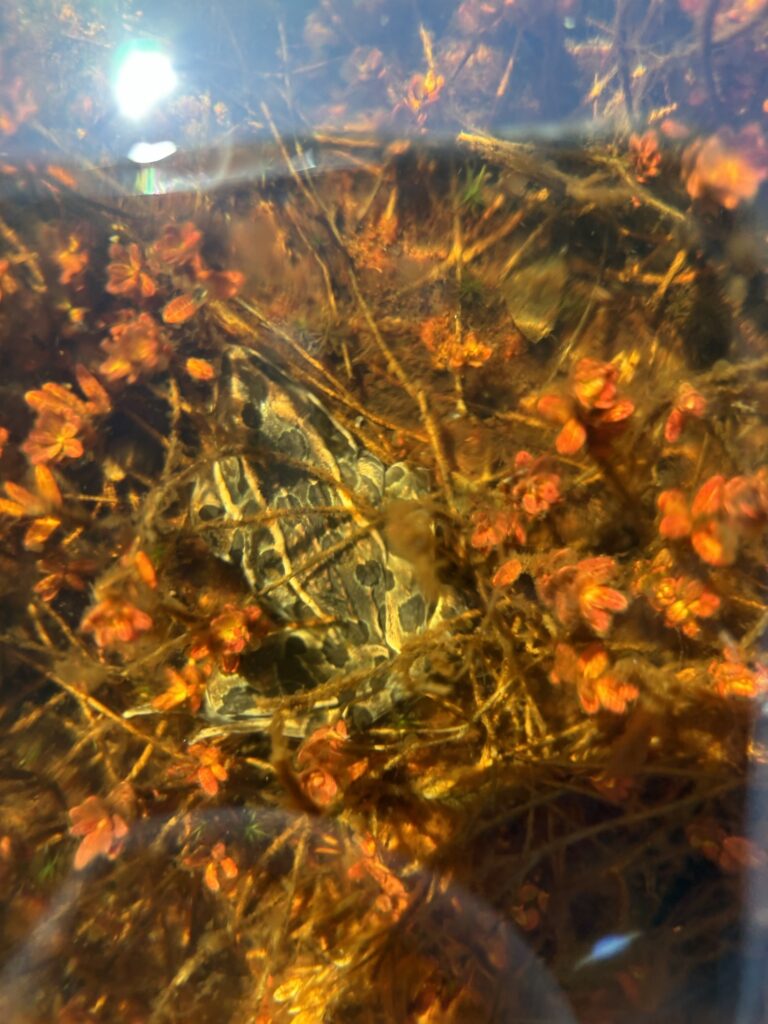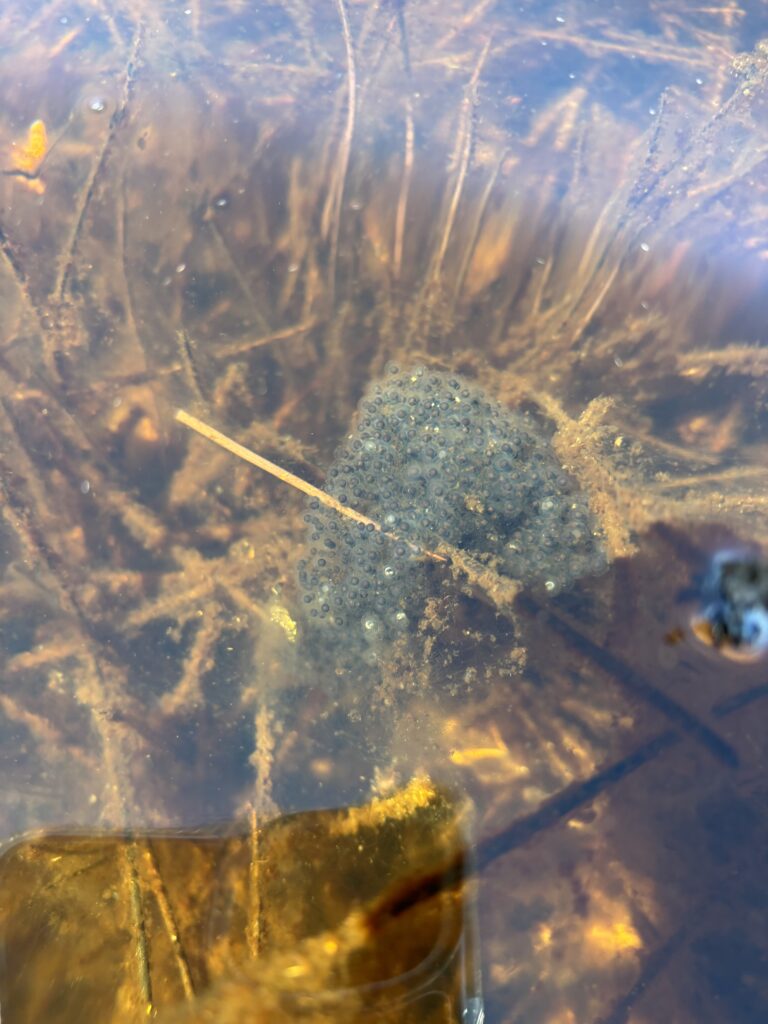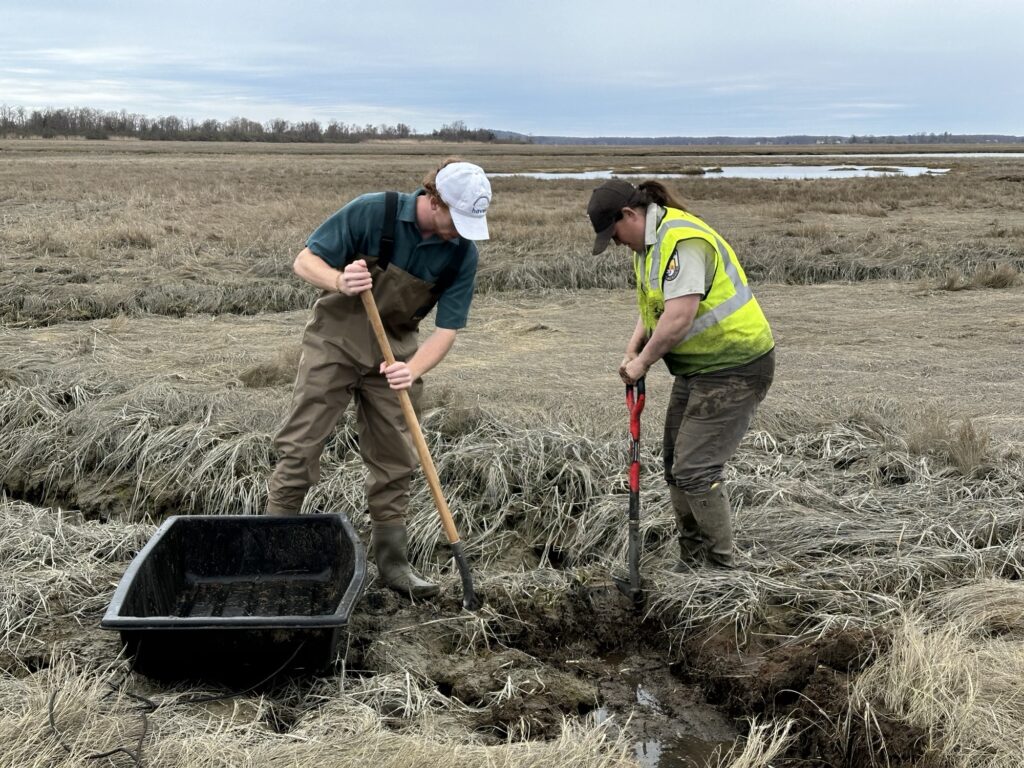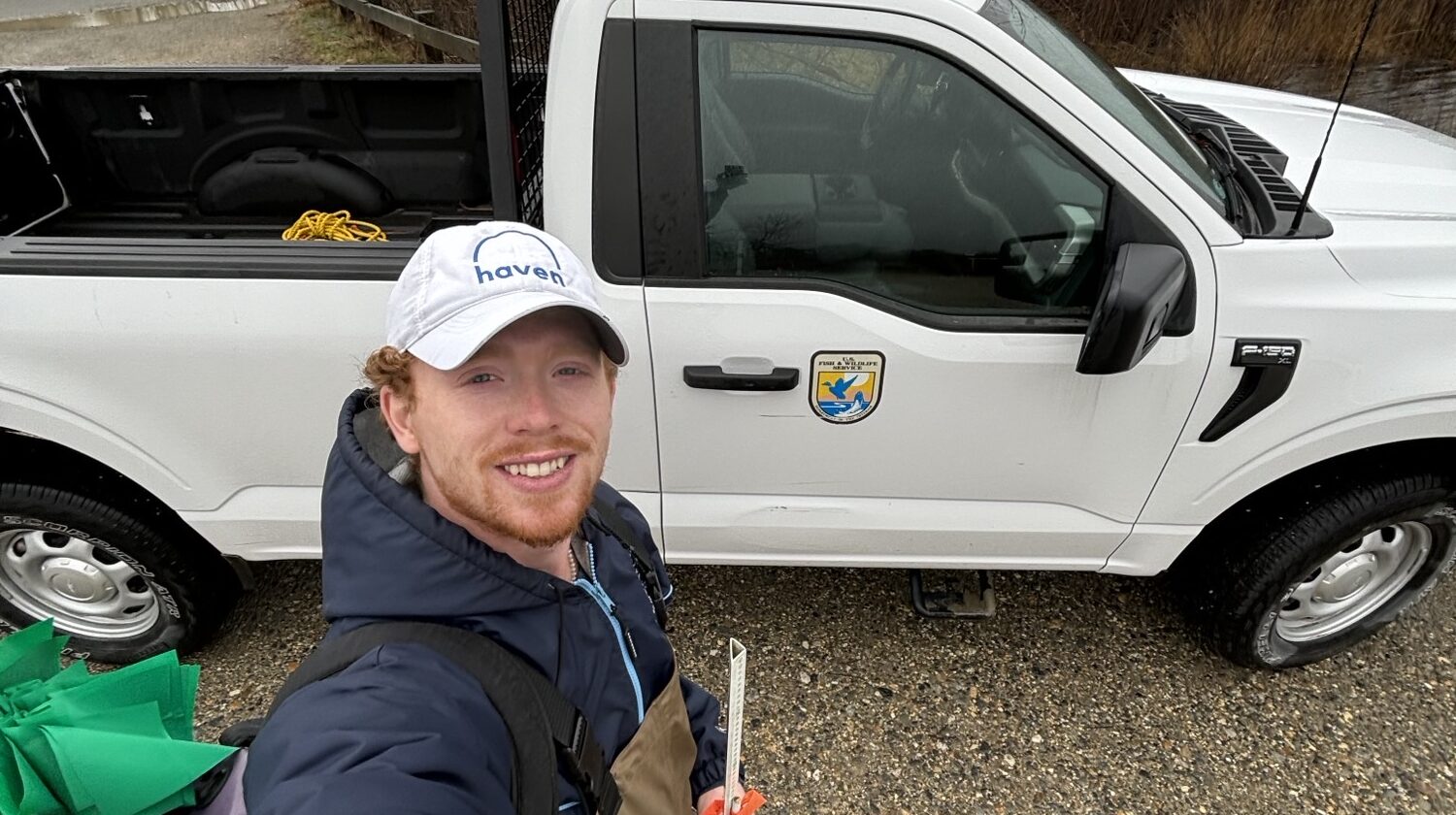Endangered Species and Ecosystem Restoration: Insights from James Wheeler’s Internship with U.S. Fish and Wildlife
While nature may seem like a force to be reckoned with, it relies on a multitude of small organisms and species for balance. If just one animal, plant or body of water disappears, it can drastically affect the entire environment for years. Newly minted alumnus James Wheeler ’24 (biology) worked as an intern last semester helping with salt marsh conservation and wildlife protection at Parker River National Wildlife Refuge. As a part of the U.S. Fish and Wildlife Service (FWS) in Newburyport, MA, this refuge seeks to protect and restoring ecosystems on Plum Island, from the endangered spadefoot toad to the salt marsh sparrow.
“Conservation is restoring something back to close to what it was, taking care of it, so it can function in a natural way while also allowing others to appreciate the land and enjoy it for themselves,” Wheeler said. “It’s a beautiful picture of how God invites humans to be a part of his redeeming work of both people and creation.”

What is the Fish and Wildlife Service?
The FWS is a branch of the Department of the Interior, a large section of the federal government that oversees the conservation of national lands and waters. The National Parks Service, Bureau of Land Management and National Forests are some well-known parts of this branch, and it also includes National Wildlife Refuges. The refuge where Wheeler interned covers most of Plum Island and surrounding sections of Newburyport, just 20 miles from Gordon.
Plum Island was once a beautiful salt marsh, home to many different species of birds, amphibians and other wildlife. But hundreds of years ago, when European settlers arrived, they tried to alter the marshes for farming, to keep the saltwater away from their crops, disrupting the natural flow of the tide. In 1941 the Parker River National Wildlife Refuge was established to restore the salt marshes and ecosystem back to their original functions through conservation efforts.
Conservation Projects

As the weather warmed up over the spring season, Wheeler designed his own project with help from the biological team at the refuge. He chose to study four vernal pools on the Refuge—bodies of water that form in the spring when the snow melts and often shrink or completely vanish when the summer sun evaporates them. They’re usually nesting grounds for all sorts of wildlife. Each week Wheeler put on his waders and measured each pool’s length, width and depth as well as the pools’ water and air temperature and salinity.
As he measured Wheeler surveyed the different species living in the pools, including the spadefoot toad, one of several endangered species groups in Massachusetts. These amphibians usually mate and lay eggs in vernal pools in the spring, but if the pools aren’t the right height, depth or salinity, it becomes harder for their offspring to survive. Wheeler kept track of each week’s egg deposits and how many toads were around each pool.
“I would take voice notes of the toads calling out to each other with their mating calls and determine from the different sounds how many there were each week,” he said. “One week it was 20, the next it was 30!”
Wheeler also got to join meetings with refuge director Matt Hillman and biologist Nancy Pau, who oversaw his internship, as they planned conservation projects for the warmer season. Refuges have to carefully plan and propose their ideas to get funding from the government for their conservation projects. Wheeler got to help with an important one—salt marsh restoration. The team dug “runnels” in the ground to reconnect stagnant pools back to the river and natural tide.
“These pools formed unnaturally because of how farmers manipulated the land; mosquitos were gathering there, and so was algae,” Wheeler said. “But now the water can naturally drain with the tide, and soon the pools will be healthy habitats for wildlife again.”
Why the Conservation of Wildlife is Important

Wheeler has had his share of environmental experiences, including attending COP28. But this internship was a massive eye-opener for Wheeler about the possibilities of a career in conservation and wildlife biology.
“I always thought that to do conservation, you had to go to a big national park out west or travel the world for research,” he said. “But this beautiful refuge was in my backyard at Gordon all this time. The teammates I had there have been there for years and have dedicated their lives to restoring this place, and they’ve had an impact not only on the land and wildlife but also on educating their community. It’s so clear how influential their work has been. You can make an impact right where you are.”
To Wheeler, conservation isn’t just about helping nature—it’s about restoring people too. “There are so many studies that show how just 15 minutes a day in nature can take stress away. If we don’t conserve our natural places, the world will not function properly. The decisions we make on this planet dealing with nature or land can positively or negatively affect people too. I hope Christians think about that connection when we think about loving our neighbors, our enemies, the downtrodden, the poor and the weak.”
 The Bell
The Bell